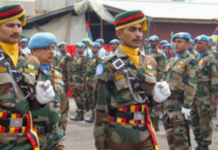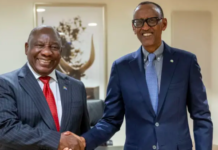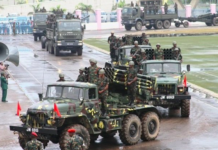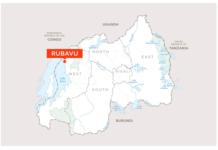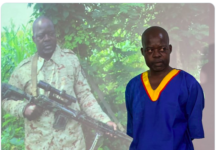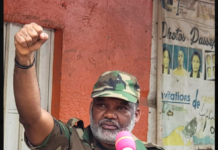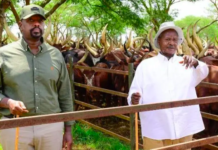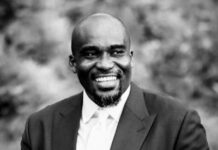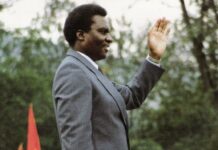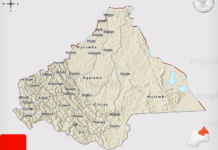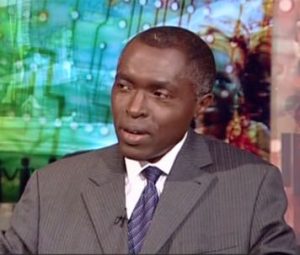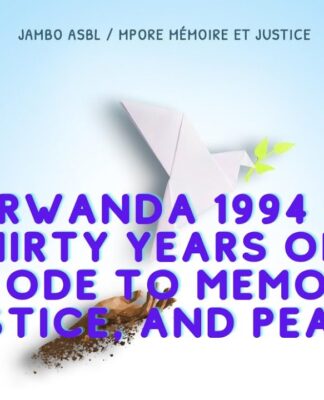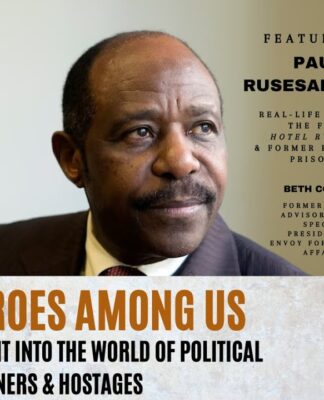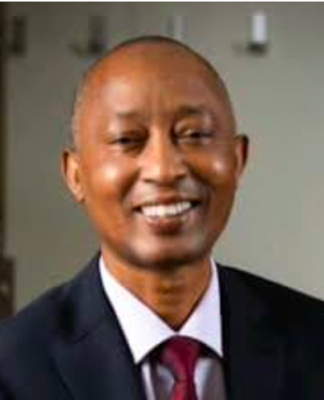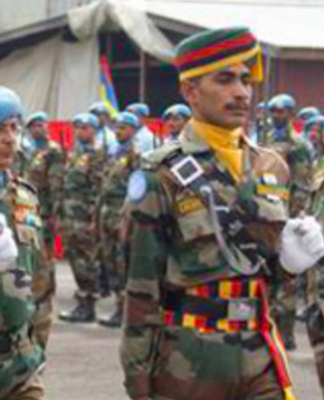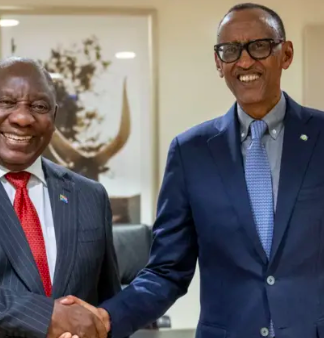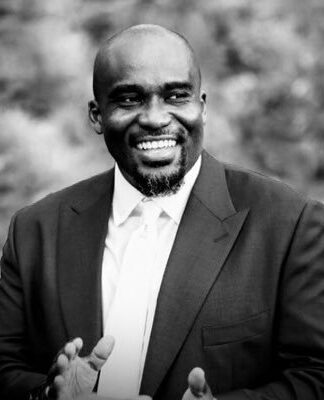Peter Erlinder, the American lawyer that Paul Kagame, president of Rwanda, imprisoned for three weeks in Kigali on May 28, 2010 has unveiled not well known truth about the prevailing political and security context of Rwanda prior to April 1994 in an article titled The UN Security Council ad hoc Rwanda tribunal: international justice or judicially-constructed “victor’s impunity”?]. The document was published in the De Paul Journal of Social Justice in the fall of 2010. It reveals some facts significantly worth highlighting, particularly for those that RPF propaganda has lied to for years. Among those lies, one is about the former president Habyarimana and his regime’s relationship with Tutsis inside Rwanda particularly during the RPF guerrilla war. As we may know, this period of social and political unsecurity and instability lasted almost three years and half, from October 1, 2010 to July 4, 1994.
Despite the troubled and war time that the country experienced between October 1, 1990, date of RPF invasion of Rwanda from Uganda, and the day he died on April 6, 1994, President Habyarimana demonstrated a humanity towards Tutsis inside Rwanda that RPF would not dare to credit him for, because this would deprive Paul Kagame, President of Rwanda, of claiming that he has been their saviour. Having said that, Robert Flatten, U.S. Ambassador to Rwanda who was in Kigali during most of the RPF guerrilla war, paints a portrait of Habyarimana’s security measures which significantly limited the impact of the war on Tutsis while he was still alive:
“…leaders from all sides have begun to realize the more terrifying implications of an RPF march to Kigali. No matter how many Hutus the RPF may have representing it, it is perceived in Rwanda as an essentially Tutsi organisation. Should this group break through to Kigali, all the fears of the Hutu majority of again being subjected to slavery or feodal vassalage will be resurfaced. When threatened with the restoration of the feudal system, the Hutus on the collines (hills) will begin to eliminate their Tutsi neighbours. When this happened in 1990….Habyarimana sent an army unit to stop it. When it happened in Bugesera in March 1992, the Gendarmes eventually arrived to encourage the restoration of calm. This was done with an administration and communications in place, neither of which would be the case should Kigali fall to the RPF.”
The assassination on April 6, 1994 of the two Presidents, Habyarimana of Rwanda and Ntaryamira of Burundi, when the aeroplane they were travelling in was shot down while attempting to land at Kanombe airport, was interpreted in many Rwandans’ understanding as the fall of Kigali in the hands of the attacker of the country – the Rwandan Patriotic Front of Paul Kagame. Ultimately Robert Flatten’s predictions became reality: Hutus on hills fearing a restoration of the feudal system and being subjected again to slavery, began eliminating their Tutsi neighbours.
The same way there is nothing like experience, as well there is nothing like bad experience. It is usually said that we learn from our past. But when it’s from an inconvenient one, our learning becomes unfortunate for those who turn into its victims. Peter Erlinder explains:
“The former Rwandan Tutsi aristocracy faced discrimination as foreigners in Uganda, and many of the children of the displaced Rwandan-Tutsi aristocracy (including a teenage Paul Kagame) threw their lot in with the National Resistance Army (NRA) of Yoweri Museveni, who led armed rebellion against the elected government of President Milton Obote that took some 500,000 lives between 1981 and 1986, particularly in the Luwero Triangle.”
Early 1994, the CIA Kigali desk predicted that between 300,000 and 500,000 lives would perish if President Habyarimana was killed. Such predictions were apparently based on the prevailing political and security situation in Rwanda and the whole region. The main supporting factor was particularly the impact of the assassination in October 1993 by Tutsi military extremists of the ever first Hutu President who had been democratically elected in neighbouring sister country of Burundi.
They had done it in the Triangle of Luwero a few years before. And as a consequence Yoweri Museveni got into power in 1986. If with a similar scenario of getting a near close number of casualties, they could get this time power in Rwanda, what could stop them? Paul Kagame and his RPF rebel movement played their cards and got the expected reward: leading the country since July 4, 1994. Now, they and their U.S. and U.K. friends have worked hard since to blame Hutus for most of the killings which occurred starting from the RPF’s invasion of Rwanda from Uganda. But truth and time are catching with the liars.
No one contests the occurrence of the Rwandan genocide. The only cloud remains around the narrative of Kigali about what happened and how events unfolded. The Rwandan government’s story has only so far served to protect its promoters from being prosecuted. On October 2009 the conclusion of the three judges’ panel at the ICTR in Militarly-I 98-41-T cleared of any conspiracy to commit genocide the four most sought after and supposedly master-minders. The judges’ conclusion implies that there are the real planners of the Rwandan genocide out there who are still enjoying impunity.
The 500,000 lives which were killed in the Luwero Triangle between 1981 and 1986 seem to have gone down in history without any justice since President Joweri Museveni of Uganda who was leading the NRA rebel at the time has today spent 30 years in power benefiting from total impunity. The UN Mapping Report has made some dent in Kagame’s impunity about his numerous crimes since his time in Uganda as Chief Intelligence. However, there is a long way to go to make him accountable for his whole responsibility in the Rwandan genocide and many other crimes which characterise his personality. It is ironic how those among leaders in the Great Lakes who behaved humanly ended up and the criminals who got the upper hand. Evil has so far triumphed against good. Let’s hope for the better.


